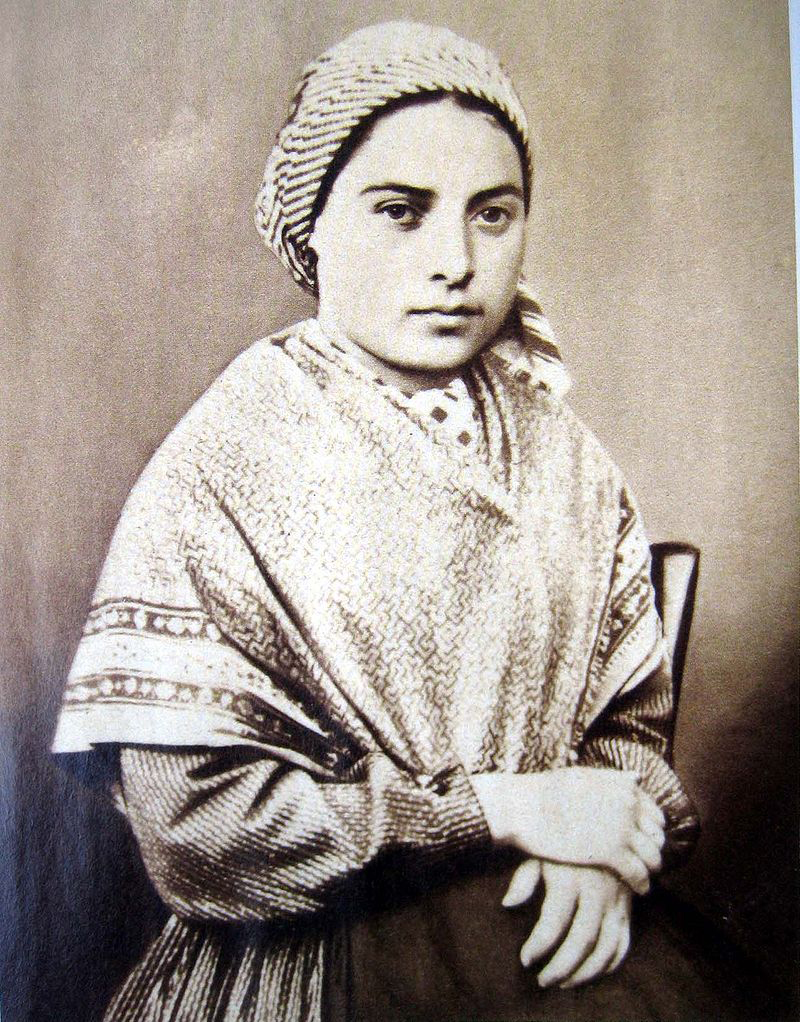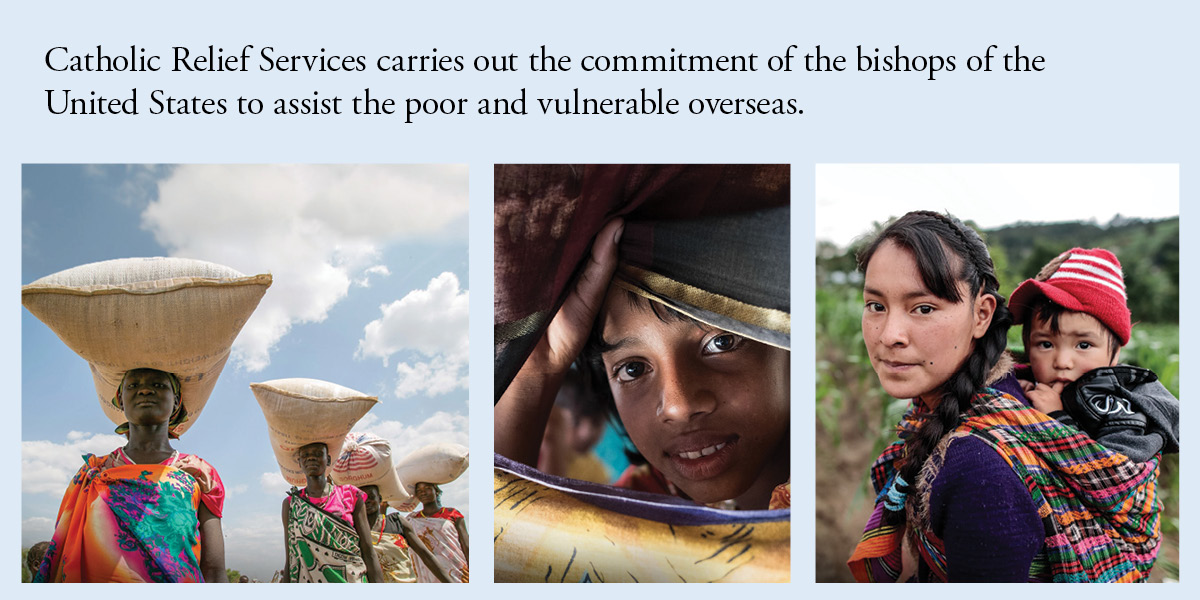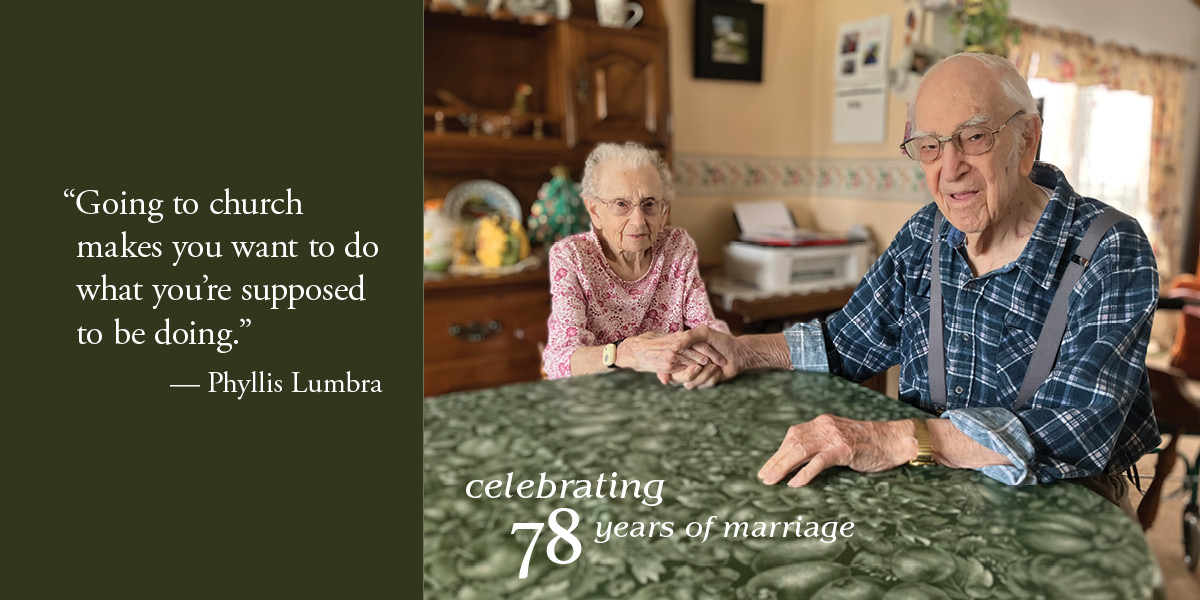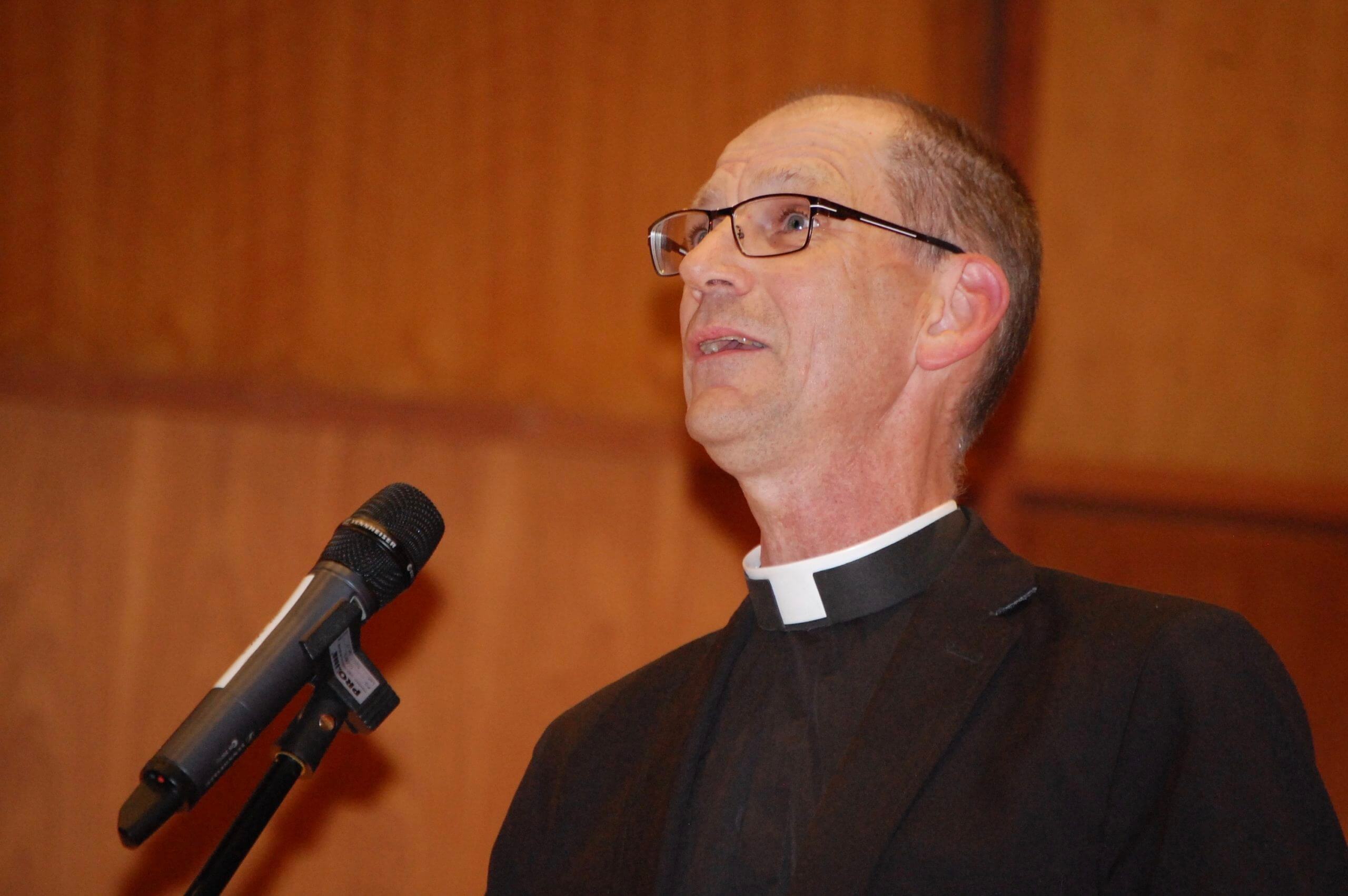
One of the first books about a saint that I read as a child was a large, picture book about St. Bernadette. What impressed me the most about her story was the family’s poverty; the author told how Bernadette used to go to the parish church to eat the wax drippings from the altar candles because she was so hungry.
Bernadette Soubirous was born in Lourdes, France, in 1844 to an extremely poor family. The oldest of nine children, she was often the one responsible for looking after her younger siblings. Plagued by asthma and general poor health all her life, Bernadette was considered a dull child who, at the age of 14, had yet to make her First Communion. In short, no one expected very much from Bernadette.
On Feb. 11, 1858, however, that all changed dramatically. While gathering firewood with her younger sister and a friend, Bernadette beheld a beautiful lady above a rose bush in the grotto called Massabielle. She immediately fell to her knees and, at the lady’s request, prayed the rosary. By the time she was finished, the lady had vanished; her companions had seen nothing and accused Bernadette of simply being lazy while they did all the work. But Bernadette knew that what she experienced was real, and she returned to the grotto the following Sunday. By the third visit, the lady spoke to Bernadette and instructed her to return to this same place 15 more times.
Between the initial apparition on Feb. 11 and the final one on July 16, the Blessed Mother appeared a total of 18 times. Mary asked Bernadette to pray for sinners and revealed to her that she was the “Immaculate Conception,” a dogma that had only been confirmed by Pope Pius IX four years previously. She also instructed Bernadette to have a chapel built near a spring which would become a pilgrimage site. But Bernadette saw no spring which is when the Lady told her to dig in the ground. At first there was only a tiny trickle of muddy water coming from the hole, but it soon became a small stream. These waters of Lourdes, which are now famous as a Marian shrine, have produced many documented cases of miraculous cures due to the intercession of Mary.
Despite all this, Bernadette did not subsequently have an easy life. By turns believed and scorned for her visions, she finally sought shelter with the Sisters of Charity at Nevers. She joined the order in 1866 and found some measure of peace in the simplicity of their life, but the illnesses that had plagued her since childhood only got worse. She succumbed to a very painful tuberculosis of the bone on April 16, 1879.
Today, Lourdes sees some three million visitors each year, with more than half a million coming to bathe in the healing waters. Bernadette, the patroness of illness and people ridiculed for their piety, was canonized in 1933. Her feast day is April 16.
Sources for this article include:
catholic.org/saints/saint.php?saint_id=1757
catholicnewsagency.com/resource/55431/our-lady-of-lourdes
franciscanmedia.org/saint-of-the-day/saint-bernadette-soubirous/
Schreck, Alan. “Catholic Church History from A to Z.” Michigan: Servant Publications, 2002.





